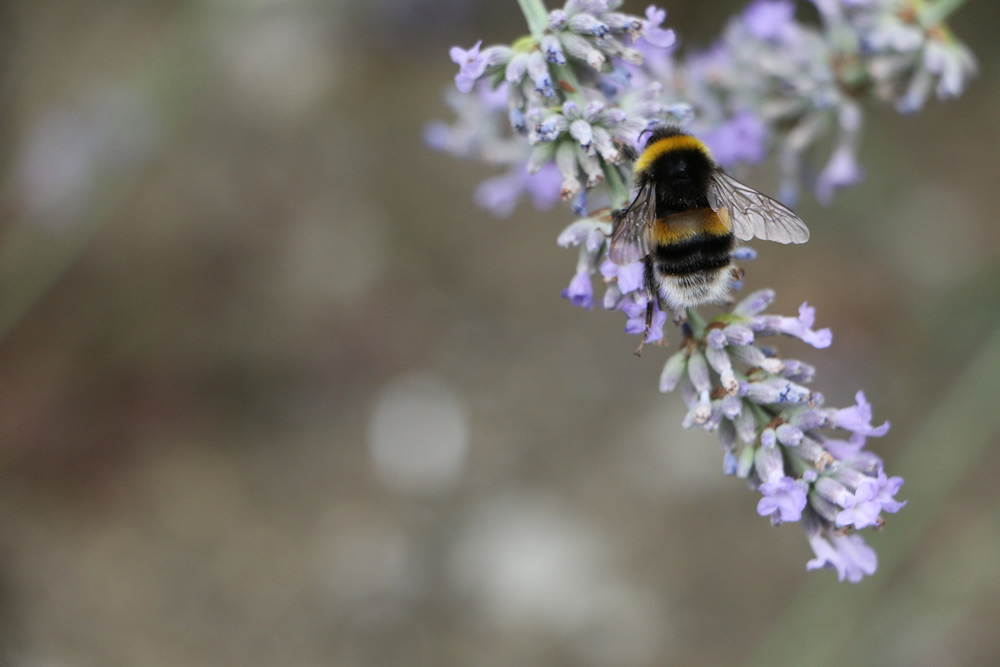Photography
There are of course many different areas of photography, covering every conceivable subject matter. Different subjects require a different skill set to photograph at their best.
Photography revolves around three adjustments;
- Aperture Size
- Shutter Speed
- ISO
Aperture
The aperture is the hole that opens up when the shutter is pressed. The size of this aperture setting allows either more or less light into the camera.
A small aperture setting number 3.4 – 5.6 represents the largest opening (dependent on your lens specification and capabilities) and lets the most light into your camera. A by product of this is that a large aperture (small number) gives the greatest depth of field.

Shutter Speed
The shutter speed works hand in hand with the other two settings. There are two primary considerations to bear in mind when initially setting your shutter speed. For hand held cameras, you should keep your speed at 1/60th of a second or faster.
The faster your shutter speed, the less light is allowed into your image. For moving subjects you need a fast shutter to freeze the action. 1/250th of a second or faster.
As you drop below these speeds and your shutter slows down you will introduce blurr into your action images. This can sometimes be a desirable quality to convey the feeling of movement and to enhance the image, but often leads to over blurring on parts of the subject that you want in focus.
ISO
ISO is the digital equavalent of the film ISO sensitivity numbers. Ranging from 100 to 3200 the higher the number, the more light the image will allow.
The downside to increasing the ISO is that the higher the number the more ‘noise’ your image will have. This is less than ideal.
Many photographers will tell you that your ISO should be as low as possible, but for the majority of photographers any increase in noise will not be noticable.
Digital Camera Set Up Tips
Once you have identified your subject, choose which is the most important element of the image…. is it a still or is your subject moving? Choose with shutter speed (for action shots) or aperture size for stills as your first setting.
Once you have a suitable setting, set the other setting to suit & then lastly, using the light meter graph on your camera, use ISO to adjust the light level into the camera.